Light Roast vs. Dark Roast Coffee Beans
Did you know, coffee is the second most popular drink worldwide. In the UK the average person will drink about 2 cups per day. Over the last couple of years, a lot of us have been experimenting with new things while we’ve been stuck inside. We’ve also had a rise in the number of small-batch roasters, which means there is so much more coffee to try!

But as someone who is just entering into this world, it can be hard to know what you’re buying. Especially when there is so much new jargon to get your head around. That’s why we’ve put this blog post together, to tell you exactly what the difference is between light roast and dark roast coffee beans.
The main difference between light and dark roast coffee beans is the taste. If you’ve had a chance to taste a few varieties of beans, you’ll know that some are deep, dark and intense… others are bright, delicate and fruity.
If you’re not sure what kind of coffee you prefer yet, have you thought about joining the Barista & Co Regulars? Choose our lighter roast, our darker roast, single-origin decaf or our seasonal guest to try… and always save 15% on fresh coffee beans.
These different tasting notes don’t just come from the coffee beans themselves; the roasting process helps elevate and eliminate certain flavours within the beans. In fact, once you’ve got your head around the main difference between a light roast and a dark roast, you’ll be able to figure out how the beans will taste.
What is Light Roast?
Light roast refers to coffee beans that have undergone a shorter roasting time at slightly lower temperatures. This coffee is typically lighter in colour, higher in acidity and offers delicate nuances of flavour.

Light Roast Coffee Beans
One key difference when it comes to light roast coffee beans vs. dark roast is the colour. Believe it or not, lighter roasts will be lighter in colour than a darker roast would. To achieve a light roast, the beans are allowed to reach a temperature of 350 – 410 degrees. However, it’s not really about the temperature when you’re talking about light roast coffee…
What you’re waiting for is the ‘first crack’. This is a popping sound that indicates the beans have expanded and released their water vapour and additional CO2. As soon as you hear that sound, your coffee is light roasted.
Bean Characteristics
The next thing to look at is the coffee beans themselves. A lightly roasted bean should not appear shiny under direct light and will not feel oily to the touch.
You may be able to feel a slightly rough, or textured edge and they’ll be much denser. The ultimate test is giving the beans a squeeze. Light roast coffee beans should be very difficult to break between your thumb and finger as they’re much less brittle than dark roast coffee beans (get your best coffee grinder on the job!)
So the key characteristics of a light roast bean are:
- Much lighter in colour
- Not shiny/reflecting light
- Not oily to the touch
- Textured surface
- Less brittle – will be difficult to break between 2 fingers

Light Roast Flavours
Light roast coffee is our go-to. We prefer a delicate brew that is highly aromatic and has lower levels of bitterness. Also, light roasts tend to have a sweetened edge to them if the beans are stored and brewed properly.
The longer the beans are roasted, the more oils are lost. These oils hold the caffeine, but also a lot of the flavours of your coffee. That’s why a light roast, which isn’t roasted past the first crack, will have more noticeable flavours.
Our personal favourites are these light roast arabica coffee beans from Uganda as they’ve got tasting notes of dark chocolate, blackberry and cherry. It’s a warm black forest gateau in a mug… plus caffeine.
Flavour Characteristics
As well as more delicate flavours, you’ll notice your light roast is highly aromatic when ground. Much like wine, you should be able to identify key flavours and taste profiles when you smell and taste a light roast coffee.
You should also expect higher levels of acidity, but low levels of bitterness overall. Your brew will also have a lighter body, or less mouthfeel, than a dark roast.
The key flavour characteristics of a light roast bean are:
- Higher levels of acidity
- More delicate flavours including fruits, teas, chocolates etc.
- Highly aromatic
- Low levels of bitterness
- Low levels of body (or mouthfeel)
Is Light Roast Coffee Less Bitter?
Light roast coffee is less bitter than medium or dark roast as the beans are removed from the roaster after the first crack. The longer the beans are roasted, the more oils and flavours they lose which gives them the bitter taste you recognise from dark roast coffee.

Is Light Roast Coffee Better for You?
There is some medical evidence that suggests light roast coffee is better for you than dark roast coffee. An interesting 2017 study published in the Journal of Medical Food found that light roast coffee was richer in antioxidants than dark roast coffee. This includes higher concentrations of chlorogenic acid which our body uses to prevent cell damage and inflammation. Sounds good, right?
What is Dark Roast Coffee?
By now, you’ve got a good idea of what the difference between light roast and dark roast coffee is. Dark roast is roasted for longer, which impacts the flavour but creates a less acidic coffee. Some people prefer a medium roast giving you the best of both worlds.

All our coffee is roasted a little bit lighter because our beans have been hand-selected by aficionados. These are our favourite dark roast coffee beans, hand-picked in Colombia. As you’ll see, they’re far from the dark colours you’d expect from Italian coffee…
Dark Roast Coffee Beans
When compared to light roast, dark roast coffee beans are much darker and more intense in colour. The longer the beans have spent roasting, the darker the colour will be. You can expect anything from a dark shade of brown through to deep black. Italian coffee is often very dark and is a popular option for espresso drinkers.
When it comes to the texture, dark roast beans will be smooth and shiny. The darker roasted they are, the shinier they’ll be. As they’ve spent more time roasting, they’ve had more time to release their oils so you can expect your beans to be somewhat oily as well.
Also, with much of the oils and moisture removed from the coffee, dark roast will be much more brittle. Going back to our finger thumb test, you should easily be able to break the bean between your two fingers.
Bean Characteristics
Dark roast beans are very easy to identify. Here are the characteristics you can expect:
- Very dark in colour
- Brittle – easy to break between your two fingers
- Smooth texture
- Shiny and reflective
- Feel oily to the touch
Dark Roast Flavours
A lot of people prefer dark roast beans as the smells, tastes and aromas are more representative of a typical cup of coffee. That’s because most supermarket brands, coffee shops and retailers have been focussing on selling dark roast.
Coffee is a stone fruit, packed with rich flavours. As you roast the coffee stone, it begins the process of releasing natural oils that contain flavours, caffeine and aromas. That’s why light roast beans tend to hold more of the beans tasting profiles. With that being said, the longer your beans have roasted for, the more bitter they’re going to be.

A lot of people like the bitter flavour. It’s what they expect from a strong cup of coffee… But the reason dark roast coffees have been so popular for so long is not that it’s a higher quality brew. It’s because large brands would use these bitter-tasting notes to disguise the poor quality of the coffee.
Dark roast coffee beans do have much less acidity when compared with a light roast. They’ll lose their sweetness but there may be a few big flavours coming through. You might start to find ‘dark roast flavours’ in your beans. These include dark chocolate, liquorice, spices such as black pepper or clove and smokey or ash notes. Dark roast flavours will intensify the longer your beans are roasted.
When looking at the aroma, a dark roast bean will smell much more familiar to most people. The main scents that you’ll pick up when grinding your beans include smokey, carbonic or even tar-like notes.
Flavour Characteristics
Many characteristics make dark roast coffee stand out from the crowd. It’s certainly an intense palette, much more bitter. Here are some more flavour characteristics of dark roast coffee beans:
- Lower levels of acidity
- Fewer refined flavours are detectable
- Strong aroma, often smokey or carbonic
- High levels of bitterness
- Reduced sweetness
Is Dark Roast Coffee Strong?
Rich flavours such as dark chocolate, black pepper and liquorice tend to be present in dark roasts. When compared to the more delicate flavours, people often believe that dark roast coffee is stronger. This is not the case.
The longer coffee spends roasting, the more oil and caffeine is extracted from the beans. Therefore, dark roast coffee contains less caffeine than light roast coffee and is not as strong.

Is Dark Roast Coffee Less Acidic?
Dark roast coffee is less acidic than light roast coffee which is why some people prefer it. The longer the beans are roasted, the less acidic they become. However, they do become more and more bitter and begin to take on ‘dark roast flavours’ such as spices and ash.
Does Dark Roast Coffee Have Less Caffeine?
Dark roast coffee contains less caffeine than light roast coffee because it spends longer being roasted at a high temperature. Light roast coffee beans are removed at the first crack and before any oils, caffeine, and flavours are cooked off. Dark roast coffee stays in the roaster for much longer, allowing more of the caffeine and flavours to be extracted.
Dark Roast vs. Medium Roast Coffee
A medium roast is the perfect coffee for someone who likes their brew in the middle. It’s not too acidic, or too bitter. There are still some nuances of the more delicate flavours, and those smokey dark roast tasting notes haven’t begun coming through yet.
It seems like the perfect solution for coffee drinkers. Unfortunately, it’s extremely difficult to keep a medium roast consistent from batch to batch. Especially when roasting in small batches! With a light roast, you wait for the first crack. It’s much easier to keep things consistent with a dark roast.
Our dark roast coffee is hand-picked in Colombia by farmers we know by name. Although we refer to it as our dark roast single-origin, it is much closer to a medium roast. We’re proud of our coffee and all its wonderful flavours so we want to make sure you can taste them. When you sign up for our dark roast coffee subscription, you’ll always save 15% on our by the bag price.
How to Make Dark Roast Coffee Taste Better
We hate to be the bearers of bad news, but there are a lot of people out there wondering how to make an extremely dark roasted coffee taste better. The truth is, you’ve probably got burnt or stale coffee. Even the darkest roast shouldn’t taste bad if the roaster knows what they’re doing.
If you do find yourself with a bag of dark roast beans that you can’t stand, here are 3 things you can do with them:
- Use them as a garnish (we know it sounds silly, but we get through at least 200g a week just on espresso martini garnishes!)
- Make coffee-based desserts (if it’s too intense, bitter and smokey, adding some chocolate and sugar can’t hurt… right?)
- Add milk (Yes, milky coffee will be your friend until you finish that bag)
P.s if you do find yourself in that situation, send our customer service team an email at hello@baristaandco.com and tell them this blog post sent you. We can’t bear the thought of anyone going without great coffee.





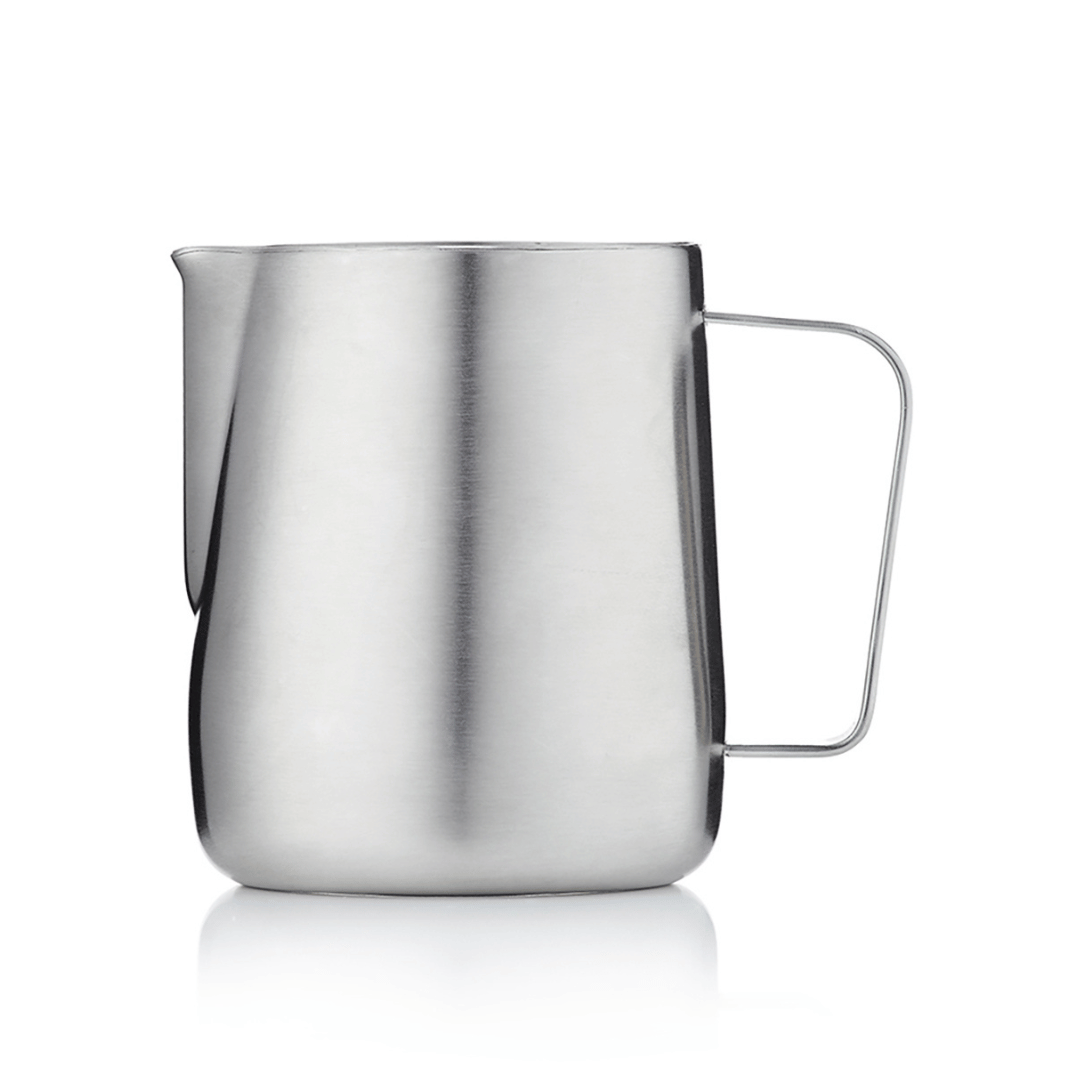
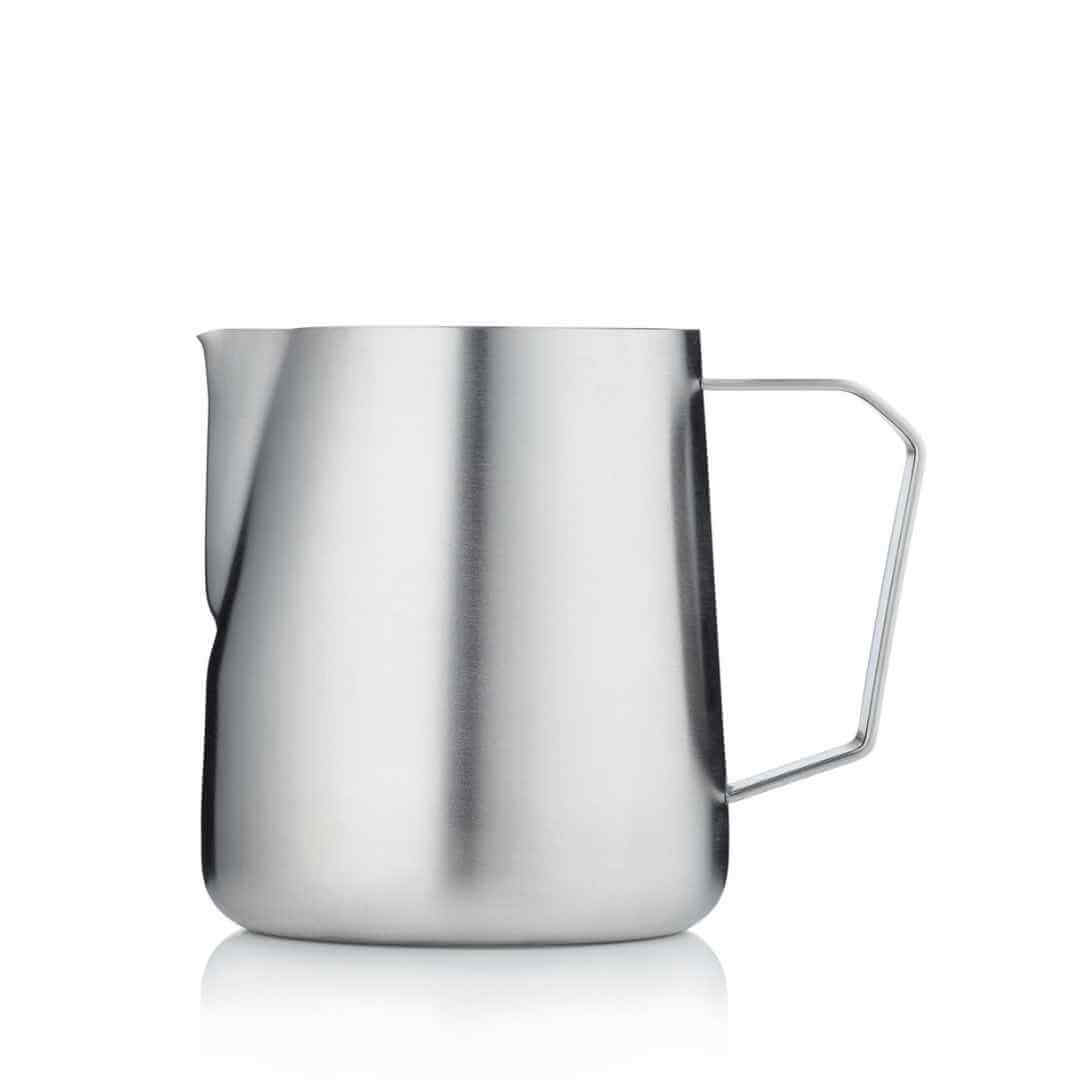
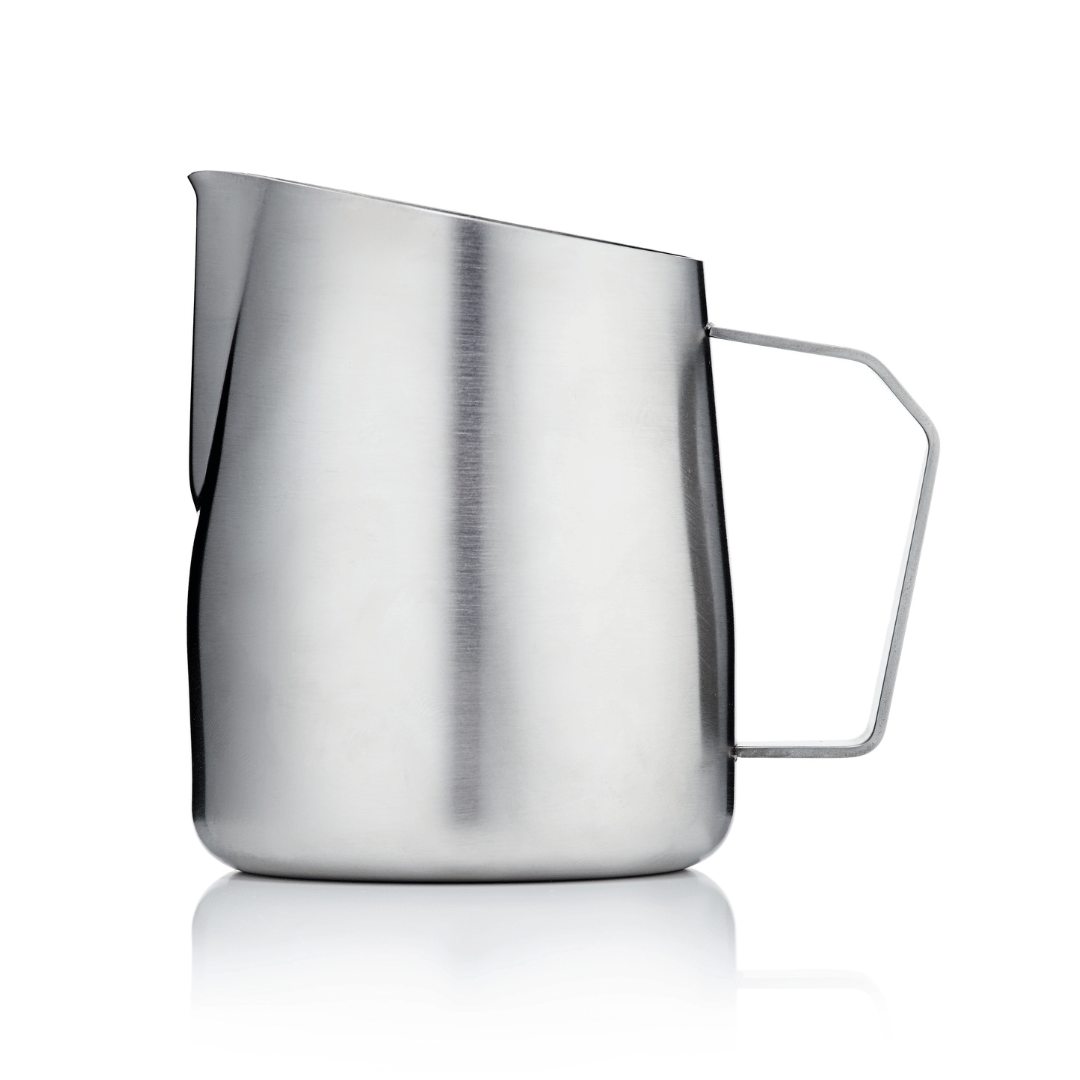

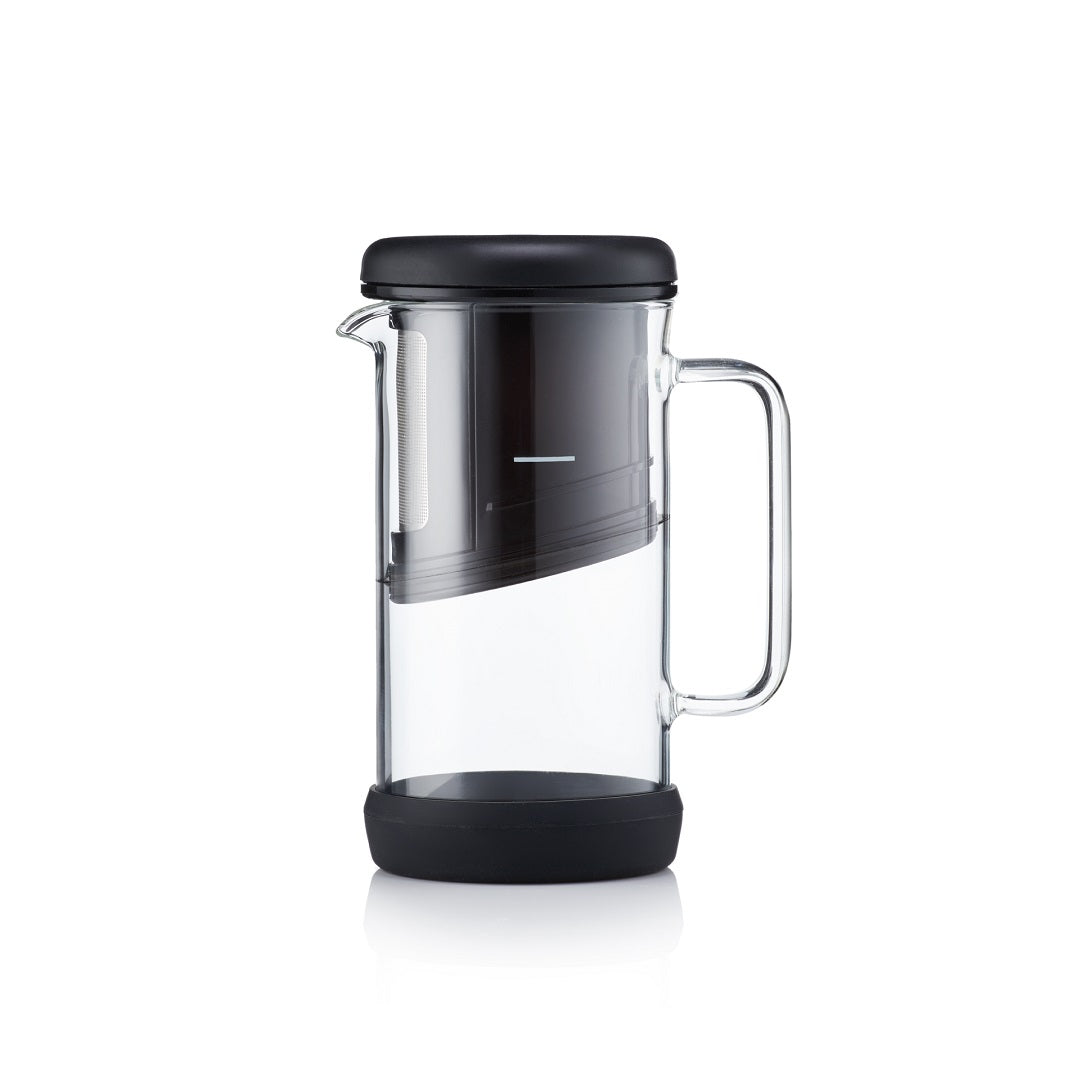
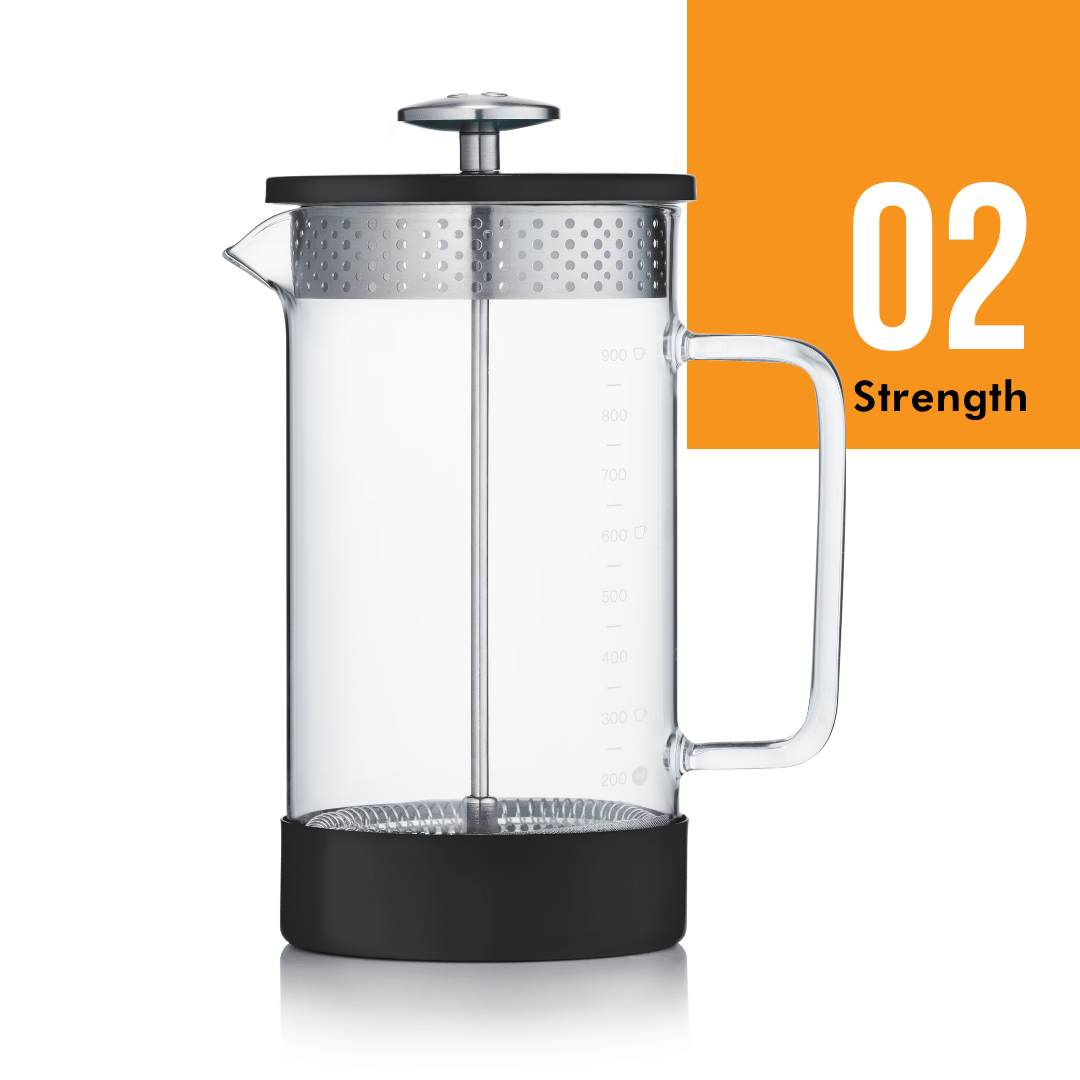
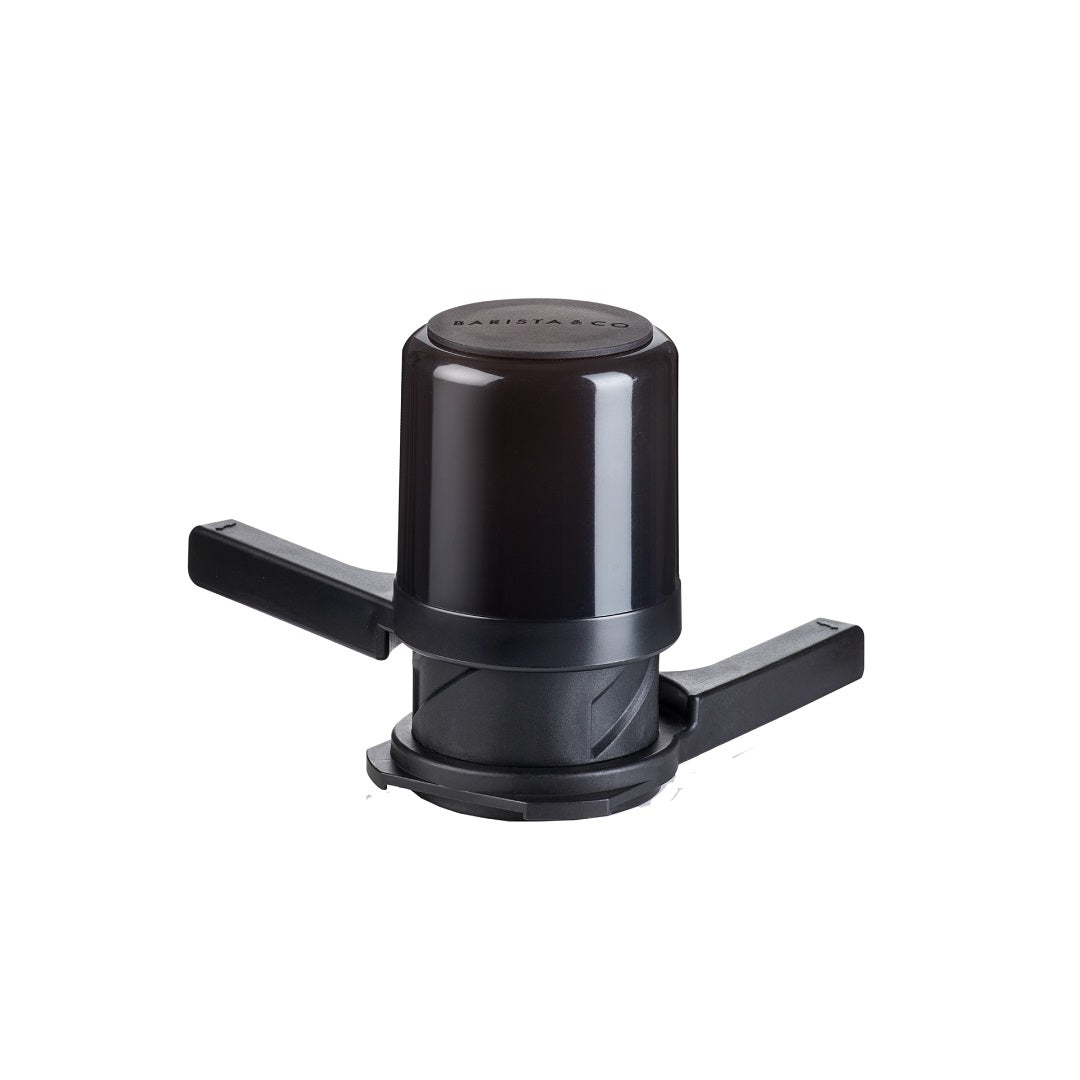
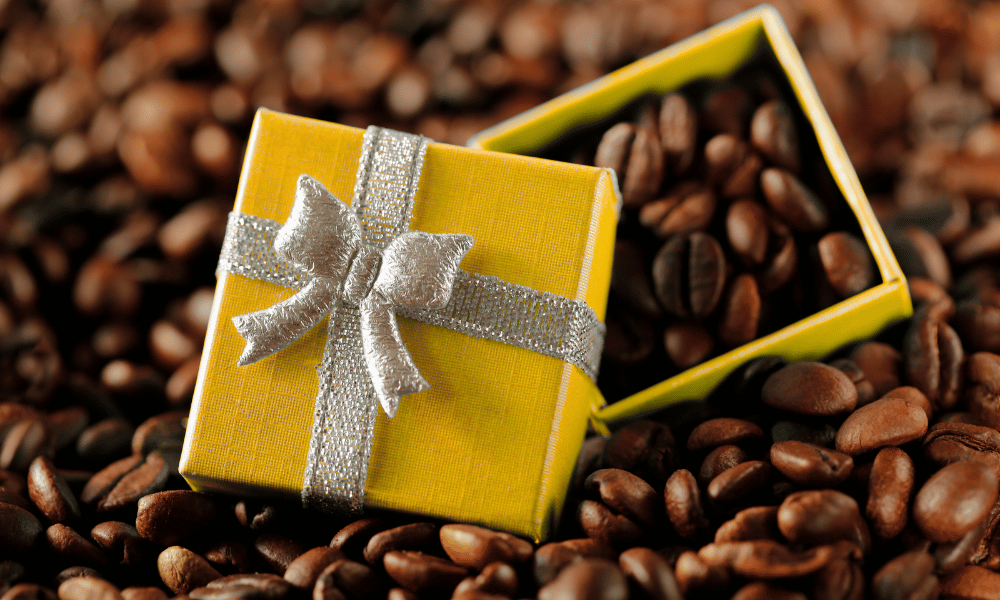
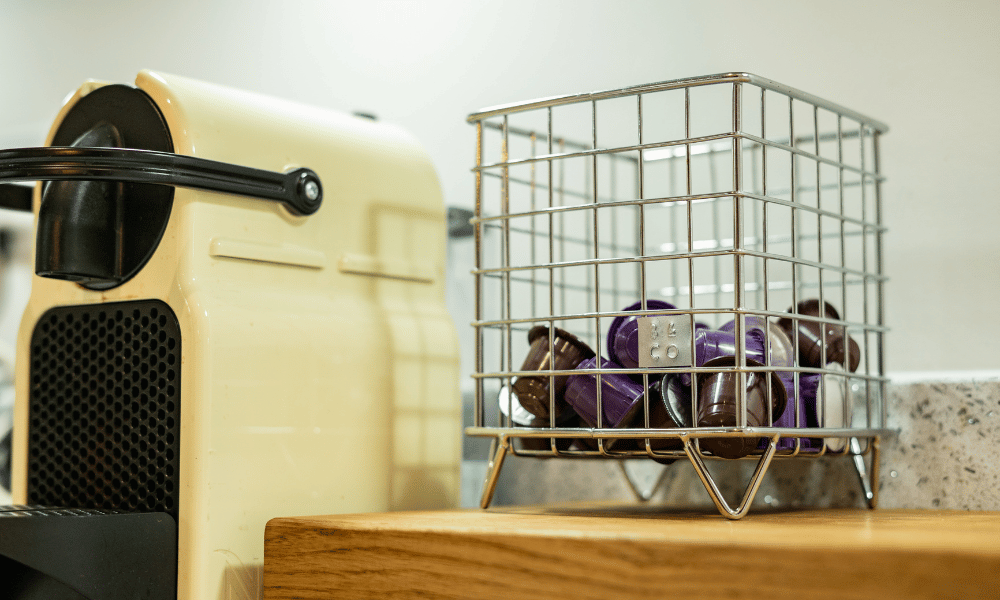




Leave a comment